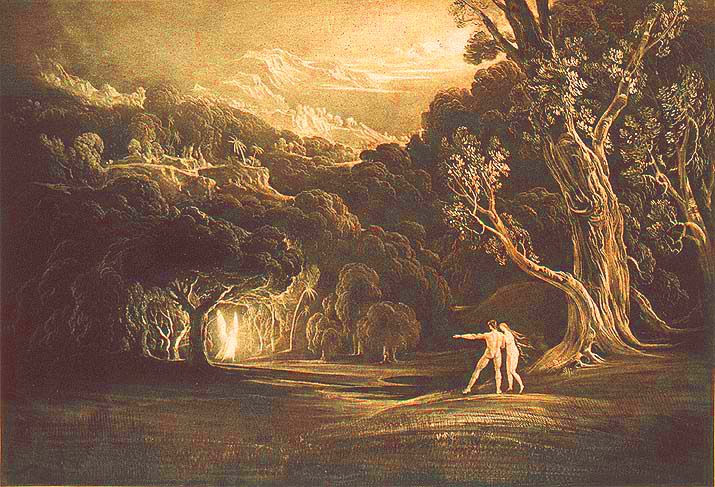
The Western world owes many of its pithiest and most quotable aphorisms to the Judeo-Christian canon. Both the Old and New Testaments are replete with rich imagery, graceful language, and profound wisdoms.
Here are 5 quintessential examples.
GOOD SAMARITAN
The term “good Samaritan” is used to refer to a charitable or kind-hearted person that offers help to someone in need. We derive this meaning from the Biblical parable from the Gospel of Luke, in which a Jewish traveler is beaten, robbed, and left for dead. Several passers-by come upon him and do not offer aid. Finally, a passing Samaritan stops to care for the man’s wounds and take him in. This kindness on the part of the Samaritan is perceived as especially honorable given that the Samaritans were an ethnic and religious Semitic group that, historically, did not get along well with Jews.
KISS OF JUDAS
Used to refer to a moment of betrayal, this term is derived from the New Testament. When Judas Iscariot conspired with chief priests to betray Jesus in order to receive thirty pieces of silver, he proclaimed to the arresting police force that he would identify Jesus with a kiss. Today, this powerful image finds resonances in art, literature, music, and philosophy.
PRODIGAL SON
A popular phrase that refers to someone who has left his home in favor of a wayward, hedonistic, or unorthodox lifestyle, but who returns in a state of remorse and shame, it is derived from the Book of Luke. In the parable, a young man demands his father’s inheritance so that he may set out into the world. After wasting the fortune, the son repents and returns to his father, who forgives and welcomes him. In this context, the word “prodigal” refers to the young man’s opulent and wasteful spending.
LAND OF MILK AND HONEY
A phrase that brings to mind a paradise of comfort and riches, it is referenced in the Book of Exodus. When Moses receives the vision of the burning bush and is visited by God, he learns of “a land flowing with milk and honey” to which he must lead the Israelites from Egypt.
PEACE DOVE
A representation of peace and good will, the peace dove carrying an olive branch melds both biblical imagery and pagan tradition. In the New Testament, the spirit of God is compared to a dove, and it is a dove that returns to Noah in the parable of the Great Flood, carrying an olive leaf. Prior to the introduction of Judeo-Christian mores, the olive branch, too, had been used to represent peace and diplomacy.
Photo Credit: Kim Støvring via Flickr
